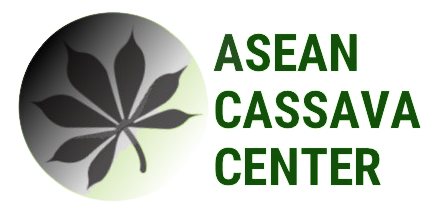Turning Cassava Starch Waste into Resources
Utilization and Management of Biowastes from the Cassava Industry (Biowastes from the cassava starch production process and management and utilization of wastes from the cassava starch production process)
The cassava starch extraction process involves eight key steps, including receiving cassava roots, screening, washing, rasping, starch extraction, impurity separation, dewatering, and drying. This process generates significant waste, including peel, wastewater, and cassava pulp. In Thailand, the annual production of cassava starch wastewater (CSW) reaches about 36 Mm3, posing environmental challenges like odor emissions, water pollution, and greenhouse gas emissions. To address this, anaerobic digestion or biogas technology is applied, treating CSW, reducing pollution, and producing methane for energy.
Biogas, composed mainly of methane, is a versatile energy source suitable for thermal energy, electricity generation, and combined heat and power systems. CSW can yield approximately 540 Mm3 of biogas annually, significantly reducing environmental COD burdens. Cassava peel, rich in cellulose and protein, can be used in mushroom cultivation, offering a cost-effective planting material. Cassava pulp, high in starch, serves as animal feed and a biogas feedstock. Dried cassava pulp can replace soybean content in feed without adverse effects on livestock.
Furthermore, cassava pulp can be used to produce bioethanol and biogas. A mixture of cassava peel and pulp can yield ethanol, while cassava pulp can undergo two-stage anaerobic digestion to produce methane. This biogas production from waste materials represents an efficient model for managing biowaste in the cassava starch industry. It yields renewable energy, biofertilizer, and recycled water while promoting sustainable agriculture and energy generation.
